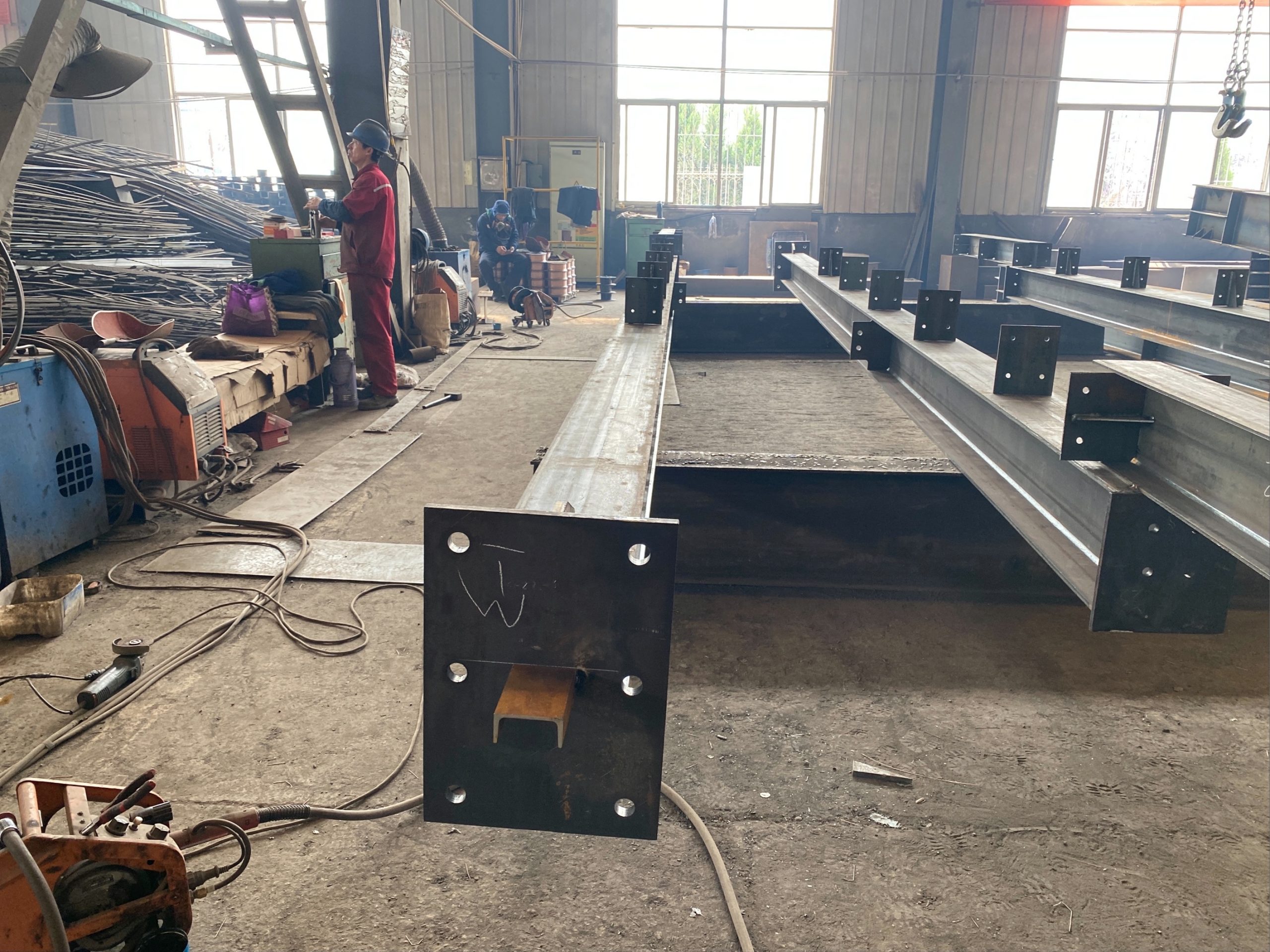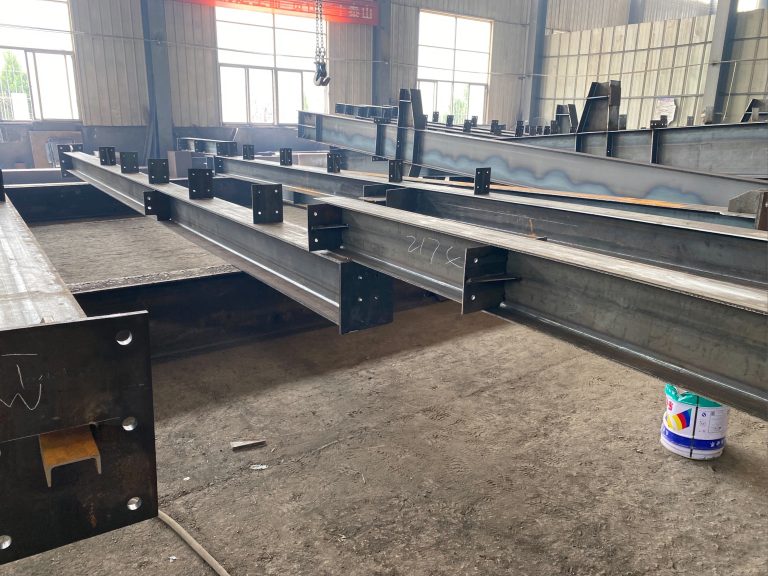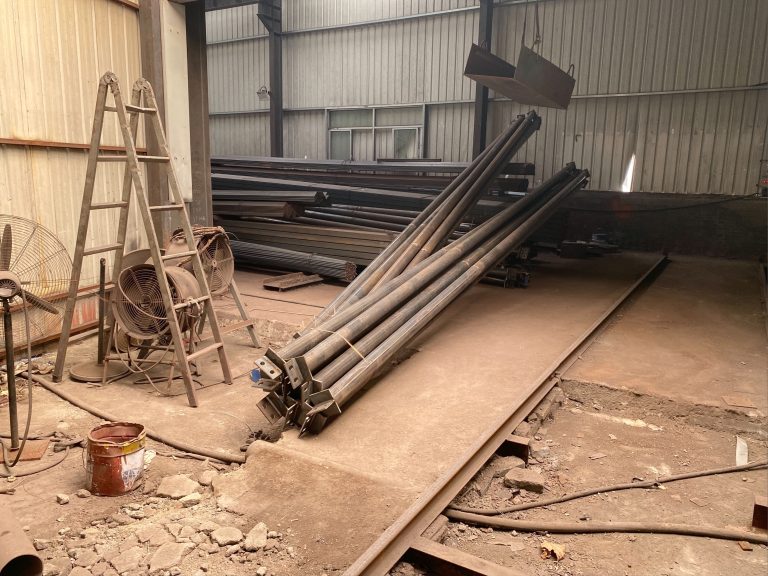What is the impact of the lighting board on the energy consumption of the building’s lighting and daylighting system?
Energy Consumption Analysis of Lighting Board in Building’s Lighting and Daylighting System
Lighting plays a crucial role in the overall energy consumption of a building. The lighting board, which controls the lighting and daylighting system, has a significant impact on how much energy is used for illumination. Understanding the relationship between the lighting board and energy consumption is essential for optimizing energy efficiency in buildings.
The lighting board is responsible for controlling the lighting and daylighting system in a building. It regulates when lights are turned on and off, adjusts light levels, and manages the integration of natural daylight into the space. By controlling these functions, the lighting board can help reduce energy consumption by ensuring that lights are only used when needed and at the appropriate levels.
One of the key ways in which the lighting board impacts energy consumption is through its ability to schedule lighting operations. By programming the lighting board to turn lights on and off at specific times, building operators can ensure that lights are not left on unnecessarily. This can help reduce energy waste and lower electricity bills.
In addition to scheduling lighting operations, the lighting board can also adjust light levels based on the amount of natural daylight available. By integrating daylight sensors into the lighting system, the lighting board can dim or turn off lights when there is sufficient natural light in the space. This not only reduces energy consumption but also creates a more comfortable and visually appealing environment for building occupants.
Furthermore, the lighting board can be programmed to respond to occupancy sensors, which detect when people are present in a room. By automatically turning lights on and off based on occupancy, the lighting board can further reduce energy waste and improve energy efficiency in the building.
Another important factor to consider is the type of lighting technology used in conjunction with the lighting board. Energy-efficient lighting technologies, such as LED lights, consume less energy than traditional incandescent or fluorescent lights. By pairing these energy-efficient lights with a smart lighting board, building operators can further reduce energy consumption and lower operating costs.

Overall, the impact of the lighting board on the energy consumption of a building’s lighting and daylighting system is significant. By controlling when lights are turned on and off, adjusting light levels based on natural daylight, and responding to occupancy sensors, the lighting board plays a crucial role in optimizing energy efficiency. Pairing the lighting board with energy-efficient lighting technologies can further enhance energy savings and create a more sustainable built environment.
In conclusion, understanding the relationship between the lighting board and energy consumption is essential for improving energy efficiency in buildings. By utilizing the capabilities of the lighting board to schedule lighting operations, adjust light levels, and respond to occupancy sensors, building operators can reduce energy waste and lower electricity bills. Pairing the lighting board with energy-efficient lighting technologies can further enhance energy savings and create a more sustainable built environment.







